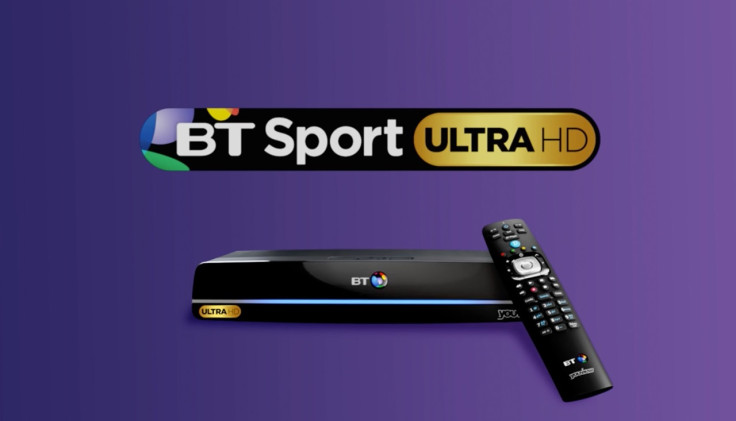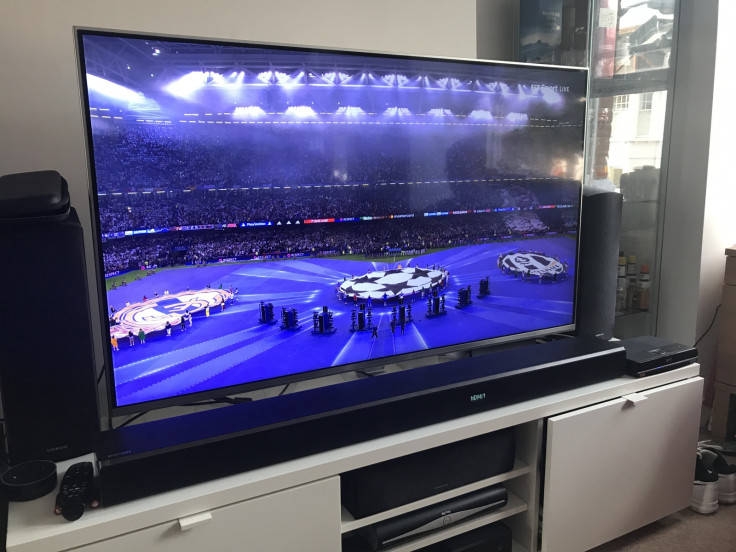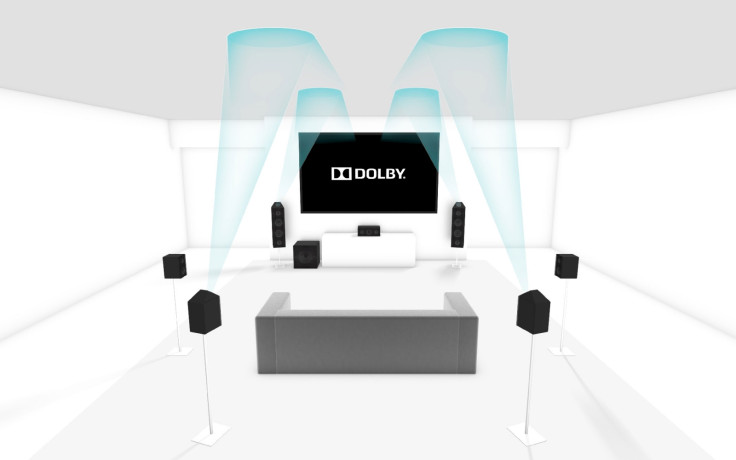BT Sports football in Ultra HD, Dolby Atmos and VR: High-tech hat-trick or expensive gimmick?
Champions League final was first to be broadcast in Ultra HD with a room-filling Dolby Atmos soundtrack.

An apology to our neighbours is in order. In fact, we should probably extend that to the nice man downstairs and the nosey couple across the road, too. You see, the Champions League final was broadcast for the first time with a room-filling, window-shaking, floor pounding Dolby Atmos soundtrack.
Unlike regular surround sound, which uses five or seven speakers to fire sound from the front and back of a room towards the viewers, Atmos adds height by bouncing sound off the ceiling with four more speakers, then creates a virtual sphere of noise around your sofa.
Broadcast by BT Sport, the match between Juventus and Real Madrid was also beamed to our home in Ultra HD, and a new smartphone app meant it could even be watched in 360-degrees through a virtual reality headset.
All told, is was the most high-tech football has ever been. But was it worth it, and should you upgrade to Ultra HD, Atmos and VR in time for next season?
First, let us quickly run through the kit used to make the most of the match.
Our television is the 55in UH850V by LG, the sound system is the Samsung HW-K950 soundbar, the match was pumped into the room via a BT Infinity fibre internet connection and BT's Ultra HD box, and the VR content was viewed on a Sony Xperia XZ Premium slotted into a Google Cardboard-style headset given out by BT across London and elsewhere the day before the game.
All told, you're looking at around £2,000 for the TV and sound system and approximately £50 per month for the TV and broadband package (depending on if you are already a BT customer and what offers are available at the time of purchase). The BT Sport VR app is free, as was the headset, which works with just about any recent Android or iPhone.

That's a lot of kit and means the full 4K, VR, Atmos experience is still only one for early adopters with deep pockets. This will of course change, just as how the price of DVD and Blu-ray players plummeted over the last two decades, and how Ultra HD televisions are falling now.
But for watching BT's only Ultra HD channel, which doesn't show live content all the time, and broadcasts with Atmos even less often, it's a substantial investment in a future which is only available some of the time.
Having said all that, for those who want the full experience right now and don't mind what it costs, accessing it all is remarkably simple. BT's HD and Ultra HD channels come through the internet connection, so as long as your fibre connection is up to it, you are good to go. BT recommends a minimum connection of 44Mbps for UHD, but we found our circa 36Mbps is enough; saying that, firing up an Ultra HD Netflix stream in another room is likely to lower the quality.
As for sound, we were impressed and a little surprised at how the Samsung soundbar automatically switched to Atmos (indicated with a small blue light on the bar itself), and sound quickly filled the room.
In the case of the Samsung HW-K950, sound is delivered via 11 speakers in the soundbar (nine facing forwards and two upwards), plus two satellite speakers placed at the back of the room, each with one facing forwards and one upwards, and a subwoofer.

For films this gives the director a way of placing individual sounds in precise positions around and above the audience. For a sports broadcast like the Champions League final, Atmos creates atmosphere (hence the name) by blasting the all-encompassing soundtrack of a football stadium into your living room from every direction.
This isn't about precise details and subtle pitch changes, it's about making you feel like you're there, right in the centre of a cacophony of noise and excitement. The crowd is loudest behind and to the sides, while the stadium public address system sounds like it is right there with you, announcing substitutions and injury time from somewhere over your head.
Atmos' ability to surround viewers and add height to the soundtrack is impressive and immediately obvious from the moment the broadcast starts. While the atmosphere was what we'd hoped for, its dominance meant the commentary was almost completely drowned out, to the point where it was impossible to tell what the commentators were saying.
In fact, the stadium announcer was often far louder and clearer than the pundits. For many fans this is likely a blessing, but for sports where the commentary is more useful it could be problematic.
The monotonous nature of a football match soundtrack might also start to annoy less hardcore fans. Atmos of course encourages you to crank up the volume, but the lack of clarity within a cheering football crowd means the sound sometimes strays away from atmospheric and towards annoying and cluttered, with no dominant noise to focus your ears on. We are eternally grateful for Dolby Atmos and the vuvuzela having never shared a football stadium.

Virtual reality
As for VR, this is still clearly in its early days but offered up a free and interesting look at what the future of sports broadcasting could hold. The BT app provided live streams from several 360-degree cameras dotted around the stadium and injected new life into how football is viewed - especially when it came to replays, when grabbing the VR for another look at Mario Mandzukic's overhead wonder-goal felt more exciting than merely watching again on the TV.
Unfortunately, as with all smartphone-driven VR at the moment, picture quality is quite poor, especially compared to the beautiful Ultra HD feed our eyes had become used to on the TV. Also, this being live, there was a delay of around a minute between the TV broadcast and the pictures reaching our VR headset - hardly a surprise given the work done to stitch everything together and upload it to the app.
VR absolutely has its place in sport - imagine a 360-degree view from the top of a Formula One car, or behind a MotoGP rider - but remains a work in progress for now.
© Copyright IBTimes 2025. All rights reserved.






















